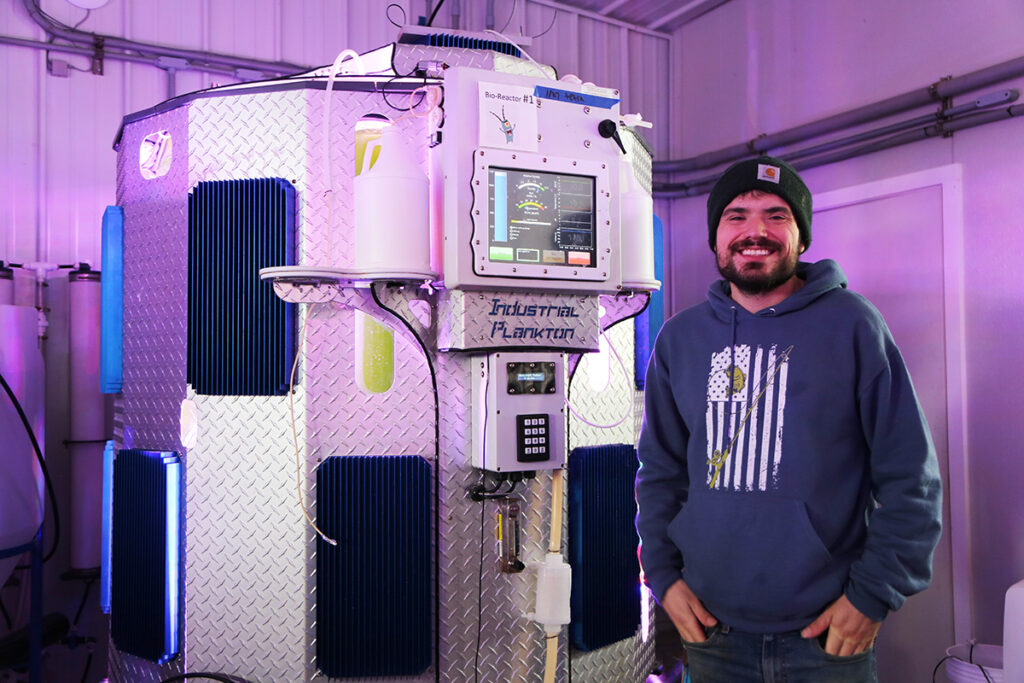New effort by Cornell Cooperative Extension fights for bay scallops’ survival

A new project under Cornell Cooperative Extension’s Peconic Bay Scallop Restoration Program has been launched to bolster the long-term survival of the East End’s Peconic Bay Scallop.
With the help of The Robins Island Foundation and Suffolk County’s water quality protection and restoration program, which has been supporting CCE’s efforts since 2005, CCE Marine Program is experimenting with spawning bay scallops out of season at CCE’S production hatchery in Southold, shifting spawning from summer to fall.
“The health of the bay, including the scallop fishery, is a critical part of the East End and we remain steadfast in our support of protecting this fragile and important ecosystem,” said Ann Colley, the executive director of the Robins Island Foundation. “We are hopeful that the new approach to spawning that CCE is currently deploying results in the Peconic Bay Scallops thriving for generations to come and we are encouraged by the early signs of success.”
Harrison Tobi, an aquaculture specialist at CCE, started working with the organization’s bay scallop restoration program in April 2021. The importance of the bay scallop, especially to the Long Island region, can’t be overstated, he said.
“The goal of this project is looking at what implication a fall spawn has towards the mass die-offs we’re seeing,” Mr. Tobi said.

This new program is in response to the scallop fishery’s fourth year in a row with a mass die-off. Scientists attribute the die-offs to warming water, which causes low oxygen levels as well as microparasites that attack the scallops.
Mr. Tobi said the warmer water temperatures are causing the scallops to reproduce and “[allocate] resources away froionm basic survival functions.” As their energy goes towards reproduction, “[the scallops are] losing their ability to combat stress.”
“This parasite is infecting them at a time in which they’re very vulnerable and then you have the elevated water temperature and low dissolved oxygen, so it’s a perfect storm of negative effects on the adult scallop,” he said. “Now we at least have an understanding that these stressors are what are causing the mass die-offs.”
In October and November Southold’s CCE production hatchery successfully conducted two spawns which produced about 30,000 young scallops.
“The real end goal of all this is to bring back scallops as an economical viable species, not only will they hopefully contribute to the fall spawn, but they’ll also survive better until harvest season in that second year as well,” Mr. Tobi said.
We just want to build upon everything and try to do the best work you possibly can and try to bring all these [scallops] back so the fishery can be vibrant again.
JOSHUA PERRY
In May, Mr. Tobi and his team will begin releasing scallops from last spring and fall’s spawn into Peconic Bay and then compare survival, measure mortality, as well as the reproductive cycle and differences in parasite loading.
They’ll be sampling the scallops every two weeks to gather data. He said they won’t have any results from the study until October 2023.
Joshua Perry, CCE’s production hatchery manager, is optimistic that these efforts will work.
“I think we can beat this,” he said. “We never want to interfere, we just want to build upon everything and try to do the best work you possibly can and try to bring all these [scallops] back so the fishery can be vibrant again,” he said.
Mr. Tobi is also hoping this project leads to more funding in the future.
“Hopefully any results we get from this project not only will take effect with our restoration efforts, but also potentially allow us to get larger funding from a government source to do a much larger scale project in the future,” he said.









